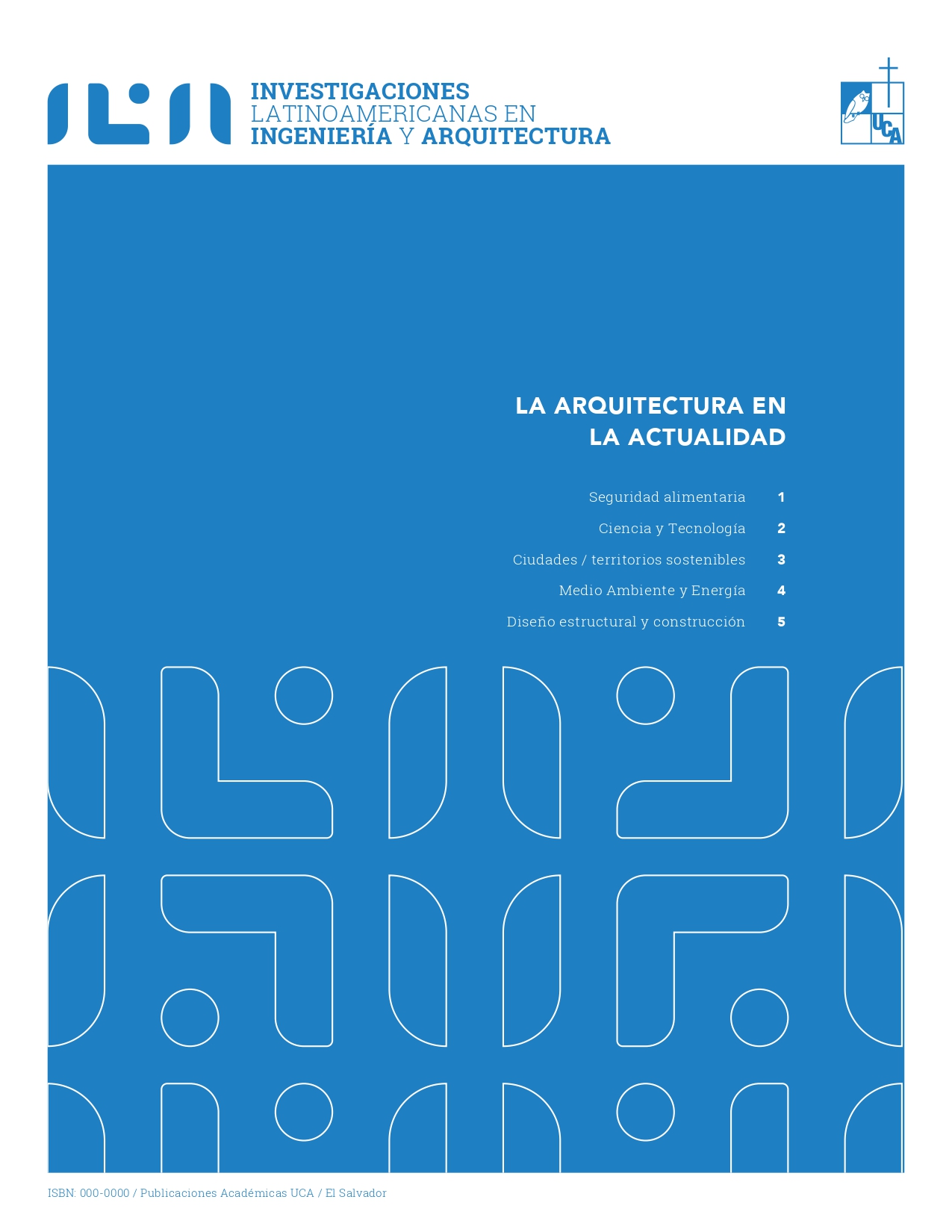Abstract
El Salvador is a country with high seismic demand, so the design and construction processes of buildings today are
aimed at reducing the vulnerability caused by earthquakes, as part of the philosophy of damage mitigation and correct structural performance, there are Advances in detailing and construction techniques, so the use of deformation. energy dissipation systems is a safe way to prevent damage at a reasonable economic cost compared to the use of other more complex and sophisticated technologies. In El Salvador, the implementation of the TADAS (Triangular plate Added Damping And Stiffness) energy dissipation system has been implemented in a pioneering way and on a small scale, in the case of a two-story building, structured with Steel frames with ordinary detailing. The first level corresponds to parking, so the TADAS devices have only been installed in a longitudinal direction, while the second level corresponds to various uses of meeting people in meeting rooms and office work, so architectural issue the existence of windows with a view not interrupted by structural elements turned out to be a condition for not installing TADAS on that level. The final result meets the requirements of the ASCE-7-16 standard in deformation control, and prevention of structural damage due to the ductility that TADAS provides to the global structure. All the structural elements satisfy resistance and service requirements given by AISC-ANSI-36016.
ILIA: Investigaciones Latinoamericanas en Ingeniería y Arquitectura, No. 01, 2024: 103-107.
References
Salazar, Walter & Brown, Lyndon & Hernández, Walter& Guerra, José. “An Earthquake Catalogue for El Salvador and Neighbouring Central American Countries and its Implication in the Seismic Hazard Assessment. Journal of Civil Engineering and Architecture”. SBN: 10.17265/19347359/2013.08.011, 2013.
Alfaro, C.S., A.S. Kiremidjian y R.A. White “Seismic zoning and ground motion parameters for El Salvador. Report No. 93”, The John A. Blume Center for Earthquake Engineering Research, Stanford University, 1990.
A.H. Barbat y S. Oller, “Conceptos de cálculo de estructuras en las normativas de diseño sismorresistente”, SBN: 84-89925-10-0,1997.
D. Foti and J. Canas, “Earthquake simulator testing of a steel model seismically protected with friction energy dissipators”, SBN: 84-89925- 40-2,1999.
Salazar, Walter & et al, “Earthquake, Recent Advance, New Perspective and Applications”, SBN: 978-1-83768-183-9, 2023.
Oviedo, Juan Andres y Duque Maria del Pilar, “Sistemas de Control de Respuesta Sismica en Edificaciones”, Revista EIA, ISSN 1794-1237 número 6 p. 105-120. Escuela de Ingenieria de Antoquia, Medellin, Colombia, Diciembre 2006.

This work is licensed under a Creative Commons Attribution-NonCommercial 4.0 International License.
Copyright (c) 2024 M. Chorro (Autor/a)





